et’s begin with this premise: Your brain defaults to the method you learn first. There are basically two ways of reading music. Letter by letter, and intervallically, or by shapes.
In the 40+ years I’ve been teaching piano, I’ve had a lot of time to observe patterns in students, as well as in fellow musicians. And I’ve noticed a big pattern around practice that I call the ABC Wall.
The ABC Wall is what happens to kids taking traditional piano lessons who love playing the piano until it just gets too hard, and loses the fun factor. When the music becomes more complicated- playing multiple lines of music at the same time, decoding letters into notes, and using 2 staves with both hands.
Traditional piano methods teach students to play by decoding the names of the lines and spaces on the staff (which are named by letters of the alphabet) and then finding the corresponding keys on the piano, which are also identified using letters of the alphabet.
When a student first learns to read music by letters, that is their brain’s default method for decoding the keys their fingers will press to create the desired sounds. It’s a lot like typing, except that each letter is represented on the piano 7 or 8 times, so you then need to decide which G or A or C to press.
There is a complicated process of thinking that goes into understanding letters as musical sounds, and it takes the brain a reasonably long time to process it. Sometimes I watch fairly accomplished pianists try to sight read new music, and it’s excruciating!

The second method of decoding sheet music is what high level musicians do.
I once listened in on a conversation between a highly skilled organist, composer and pianist, and a PhD piano graduate. They both agreed that when they were sight reading music, they no longer read by letters, but by shapes and intervals. Because reading by letters was far too slow for reading complex music.
As an accomplished pianist, on-the-fly accompanist, and piano teacher myself, I’ve made a concerted effort to observe patterns in students, and in colleagues, and it’s confirmed and supported what these pianists were talking about, and it’s informed many of the the ways in which I’ve developed Baby-Led Piano®.
What I’ve noticed is this: piano students who learn to read music by letters first will do one of four things:
- They get to the ABC wall, try to continue to enjoy playing the piano, find it too difficult, and determine that they’re just not cut out for music.
- They get to the ABC wall, and somehow, seemingly by luck, start to see and hear the music on the page as shapes and patterns, and get through the wall to become an accomplished and satisfied musician
- They are one of the rare, very determined musicians who realizes that suffering for months is how to learn a piece of music, memorize everything, and continue, even through graduate school, having spent hours upon hours learning their pieces. (I’ve watched PhD pianists struggle to read new music, but through hundreds of extra hours in the practice room, pull off their courses.)
- They continue to play at the level before they hit the wall, perhaps playing the same pieces of music for the rest of their lives, and decide that they’re only meant to be so-so musicians.
I recently read an article by Noa Kagyama, who is a highly accomplished violinist and a performance psychologist who “teaches musicians to apply principles of sports psychology to demonstrate full potential.” Noa started studying violin at age 2, with the Suzuki method, which emphasizes listening. Noa, like many accomplished musicians, still admittedly struggles with sight reading. In his article, he posed the question that there might be a better way to teach sight reading. For the most part, it seems to be an enigma.
While I agree with Suzuki that listening comes first, there are some obvious challenges for many students who focus ONLY on listening for too long. Sight reading can be difficult and tedious when listening gets you there more quickly. But reading and writing music, as well as playing by ear, are part of being a complete musician. In college, I saw students REALLY struggle with transcribing music, music dictation, and sight reading. And most note readers can’t play by ear.
The traditional method, letter reading, is one of the reasons teachers like to wait until kids are 7 before starting piano lessons. But from my observation and decades of experience, as well as countless studies, kids who wait until they’re 7 are at a severe disadvantage, because music is a language. Language is best acquired in infancy. So what the heck? If babies don’t yet understand the alphabet, how are you supposed to teach them to decode sheet music?

Fortunately, babies DO get shapes and patterns. They are wired to detect patterns everywhere. From behavior patterns like “if I keep crying, eventually someone is going to pick me up” to visual patterns and recognizing colors and the difference between squares and circles, to auditory patterns like the sounds piggies make.

We know that ultimately, highly successful musicians are able to see and hear the shapes on the page, and if babies are good at sounds and shapes, why not just bypass the difficult part of transitioning from letter reading or getting stuck at the ABC wall, and teach music by shapes and sounds from the beginning?
Not to suggest that we abandon the long held tradition of communicating about the lines and spaces and the keys on the piano using the letters A-G, but I am suggesting that we hold off on learning letter names of the lines and spaces until kids are really good at hearing, singing, and recognizing notes on a page, by shapes and intervals, beginning with very basic steps, skips, and repeating notes, or “staying.”



Complex music is built using these basic shapes.
I find that babies, toddlers, preschoolers, as well as children identified as having autism, dyslexia, and other learning differences, the neurospicy kids can not only readily understand the simple language of up and down, long and short, and loud and quiet, as they relate to fun little songs and games but they thrive using this method and are able to apply the patterns to other areas of learning.

Eventually they learn that the Dog on the piano keyboard represents the letter D, the Garage where they’ve been parking cars and trucks represents the letter G, and so on. When they’re older (this age varies with every child) they learn to recognize where the dog lives on the staff, and which garage is high and which is low [Garage staff page]. They know how to listen and play by ear, to transpose, improvise, and to read and write music using these little shapes along with rhythmic patterns. When they’re given music on a staff, it can be challenging, but it isn’t daunting, because their default method of reading music is by shapes. They’re ready to learn larger intervals or shapes, and readily follow new, more complex patterns.
We use super fun games to help kids transition into using the full staff when they’re ready, and it feels like home, because they’ve been rolling around on it and playing fun games that help them to navigate high and low, since they were tiny
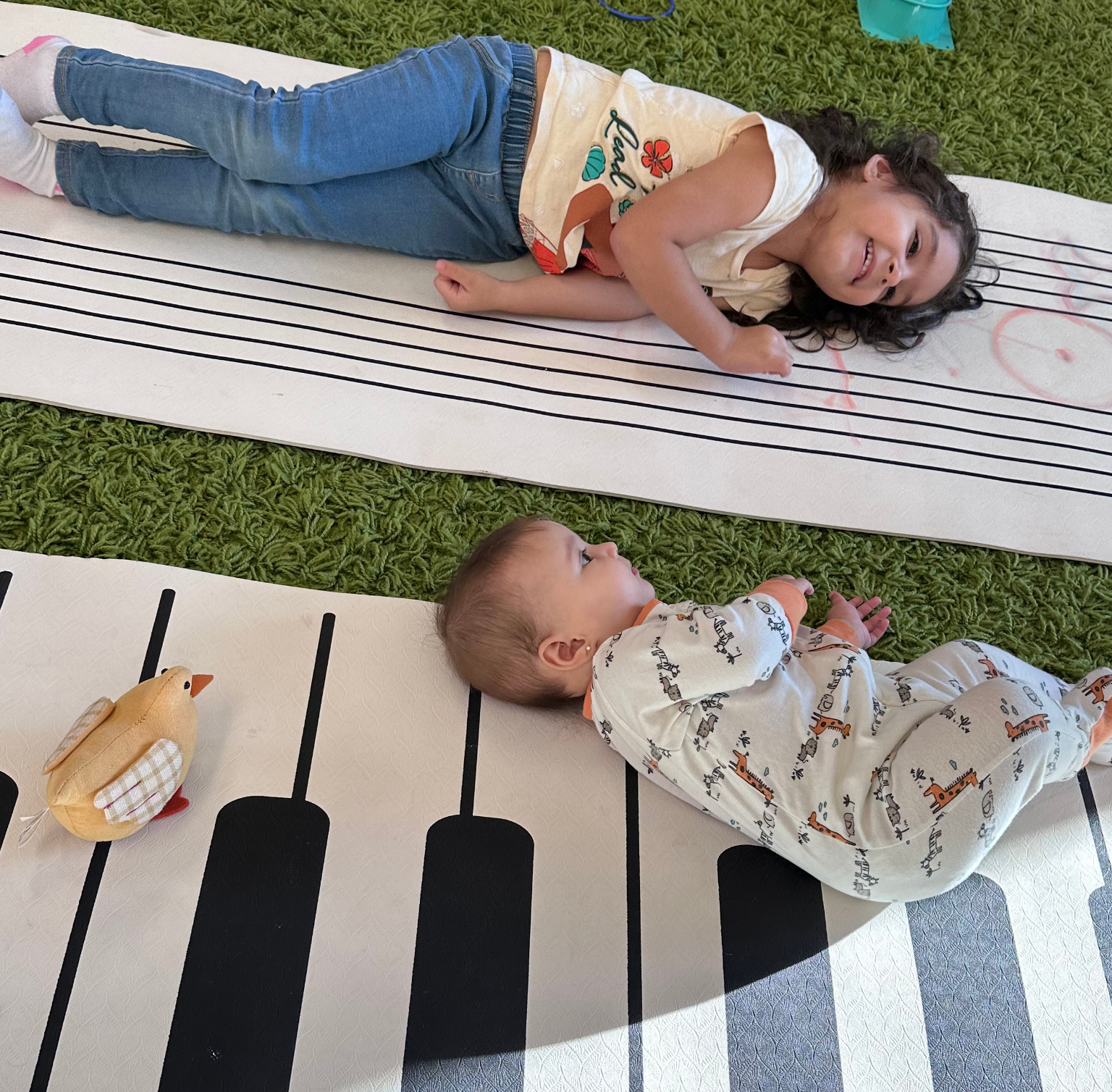

These kids flow right past the ABC Wall, because they use the letters as a reference, not as a default method of decoding music.
Research now supports what musicians have sensed all along: that music training gives kids all kinds of advantages as they grow up – from easier access to language, to creative thinking (especially when they learn to improvise,) to developing stronger relationship skills.
Teaching music early to all children, using tools that will benefit them long term, will gives all kids a better start in life, and my hope is that it will be one piece to the puzzle of creating a more connected, more confident, peaceful civilization for all of our kids to live in.

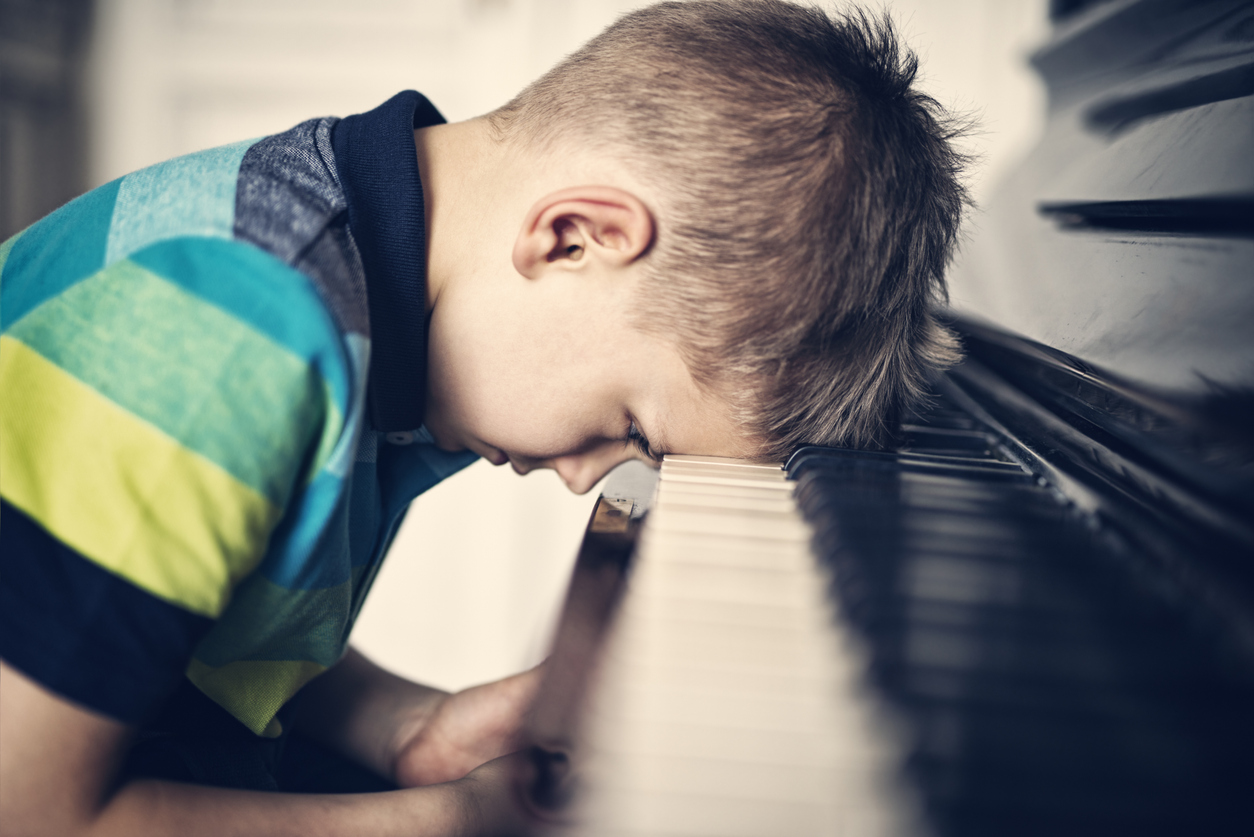
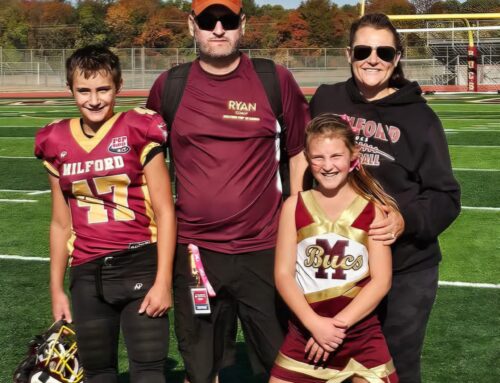
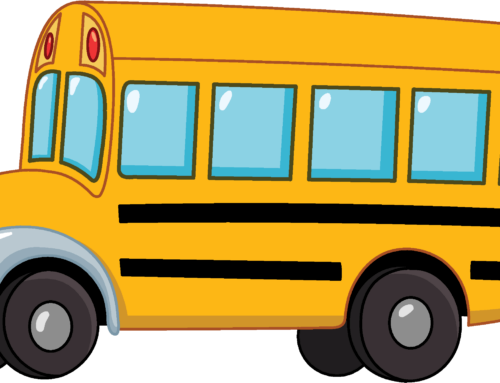

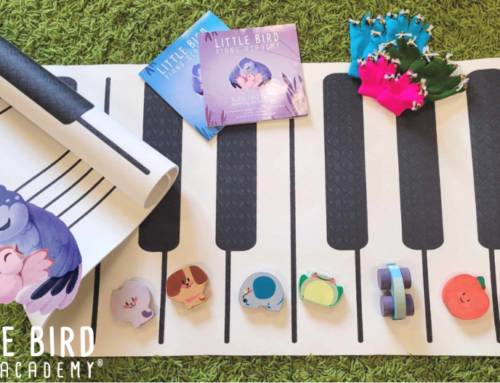
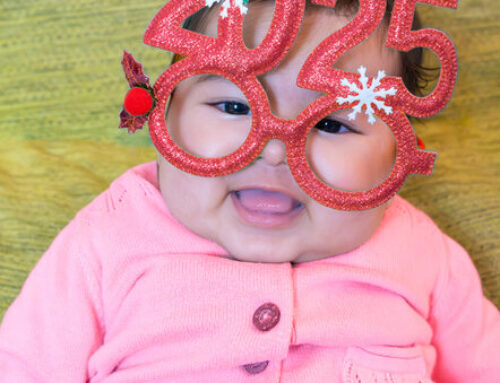
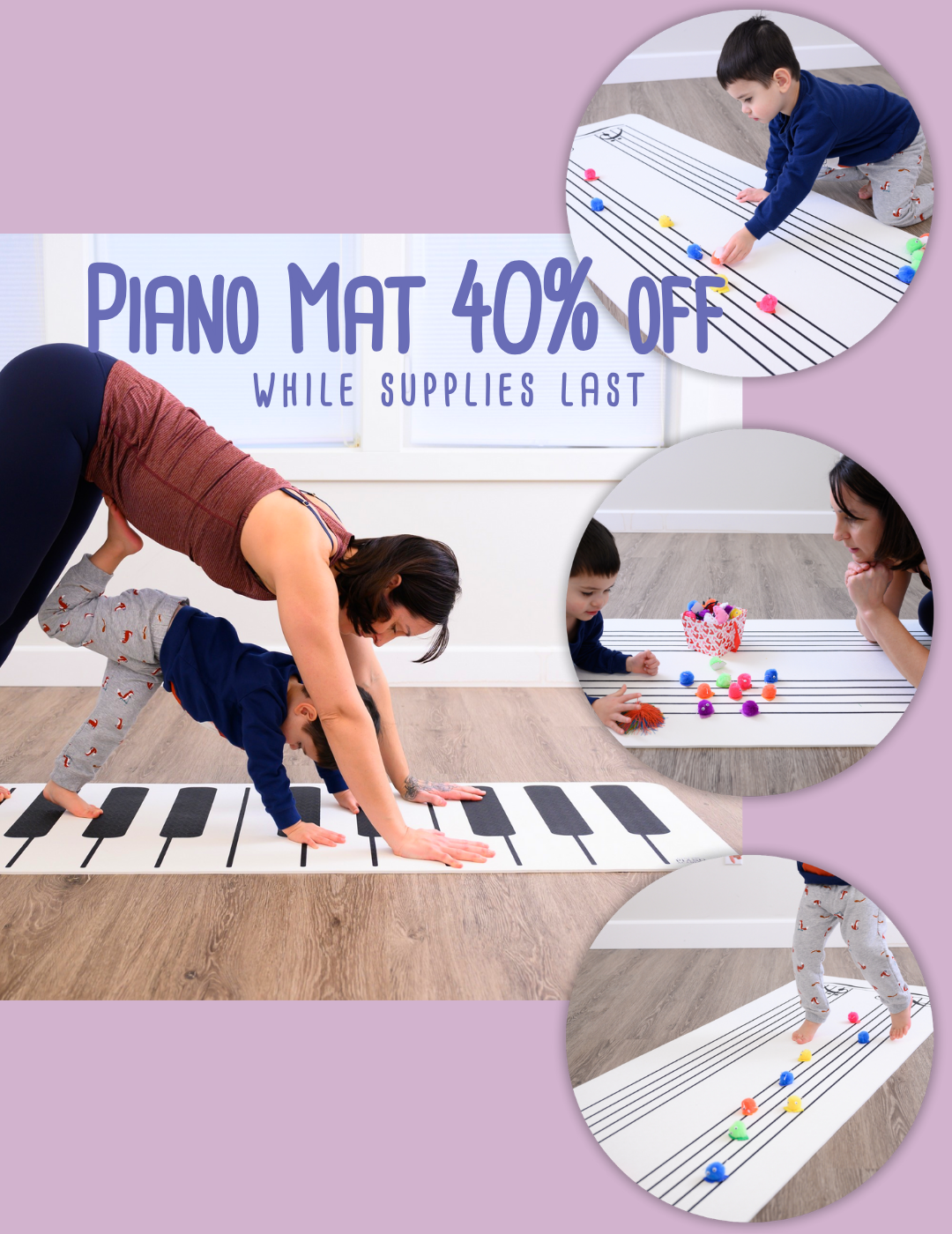

Holly, This is awesome! Thank you for sharing this! I totally relate and appreciate reading this. As a relatively new grandma and pianist and piano teacher your wisdom makes sense. I will keep making it fun for my granddaughter (now 14 mo old). There is so much she can learn to help her be a. Pianist before she gets to notes on a staff. And in a fun way!
Thank you Karen! That means so much coming from you, a successful and creative teacher! I hope you and your granddaughter have SO MUCH FUN!
Holly